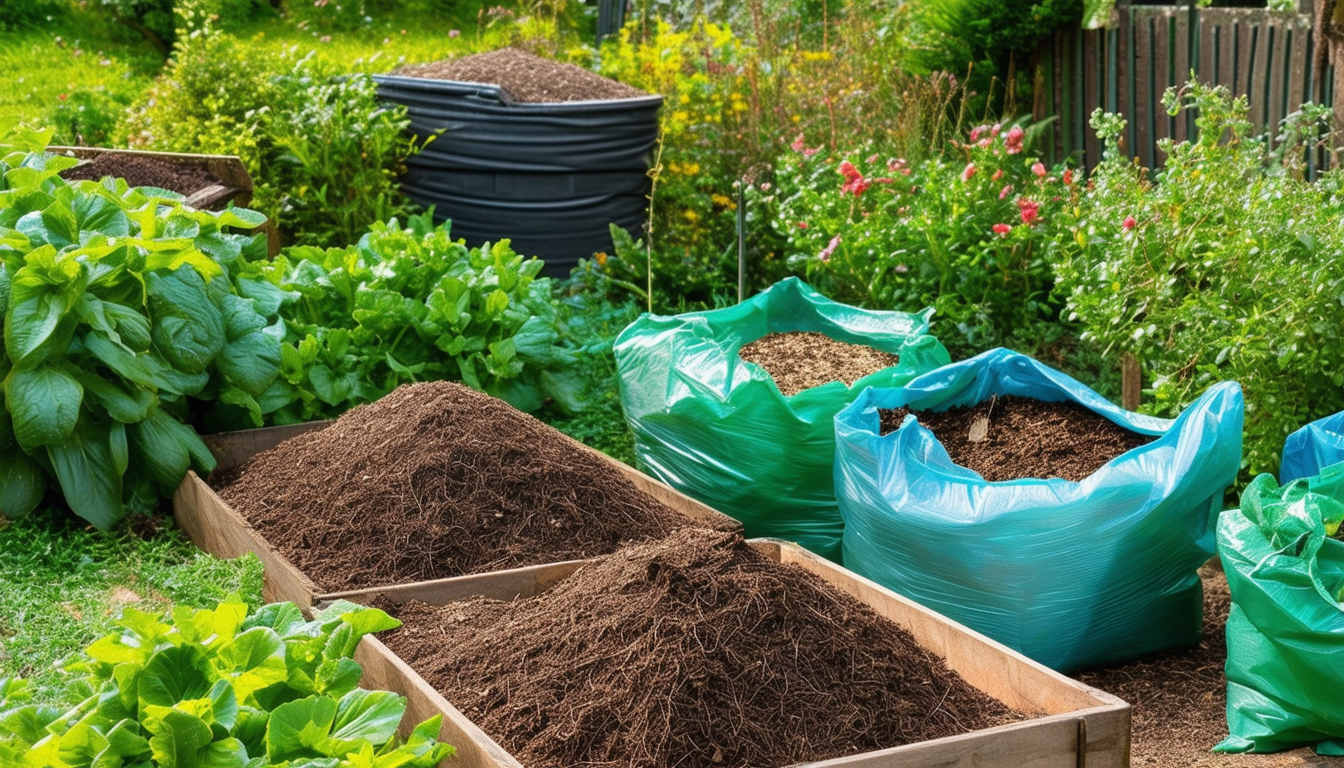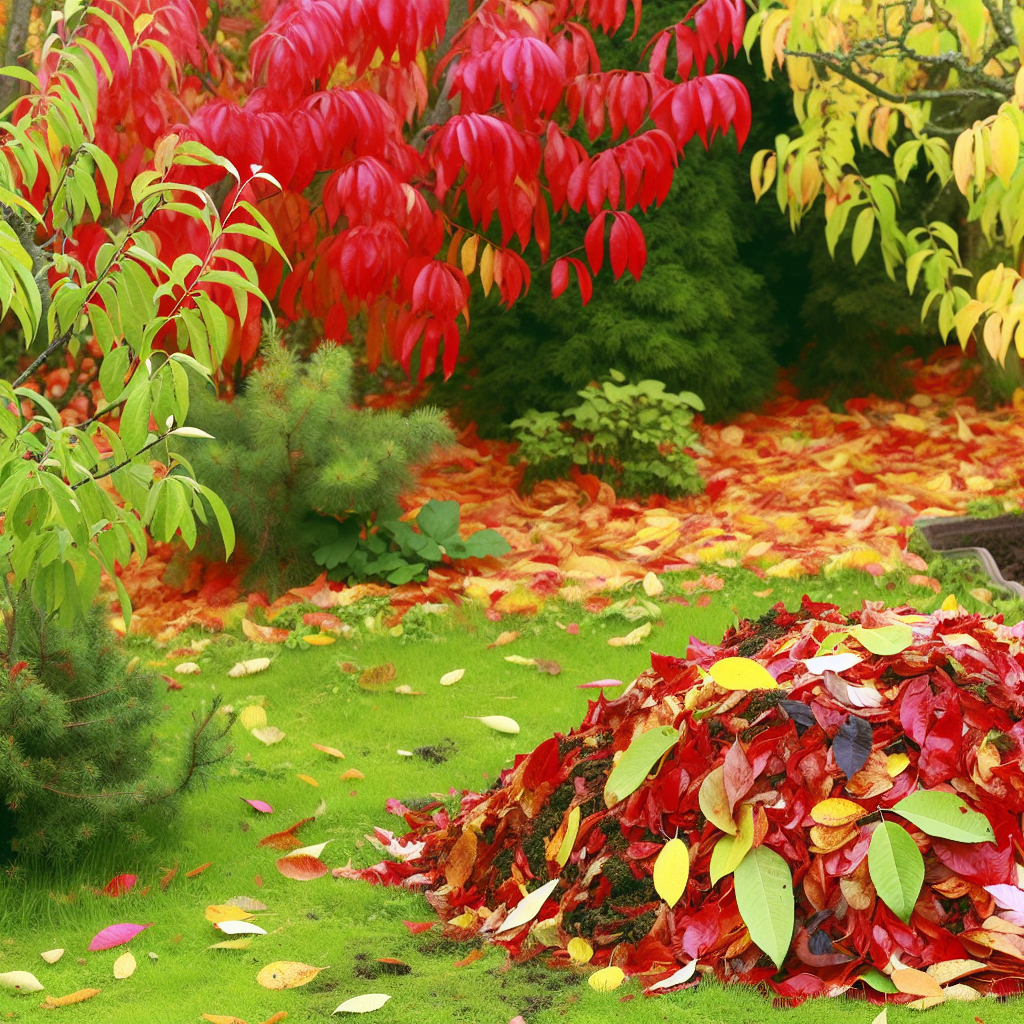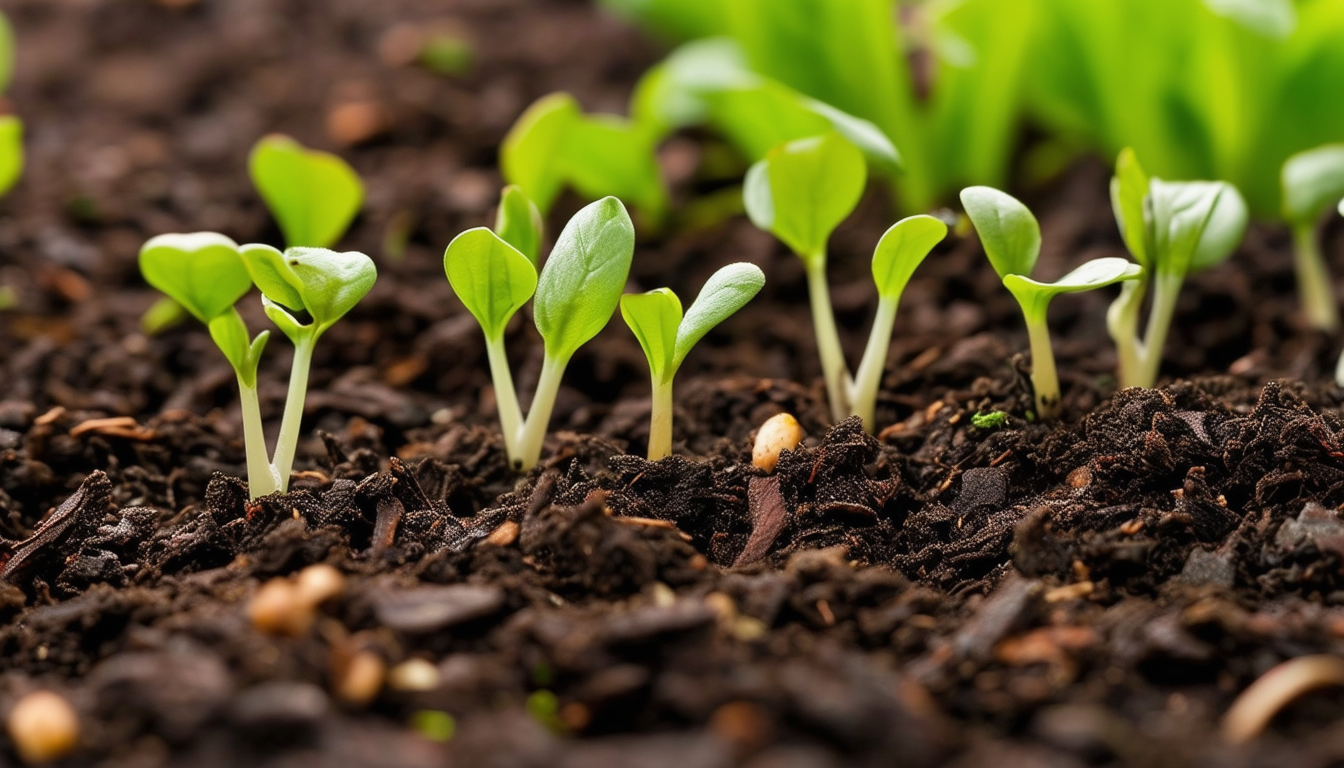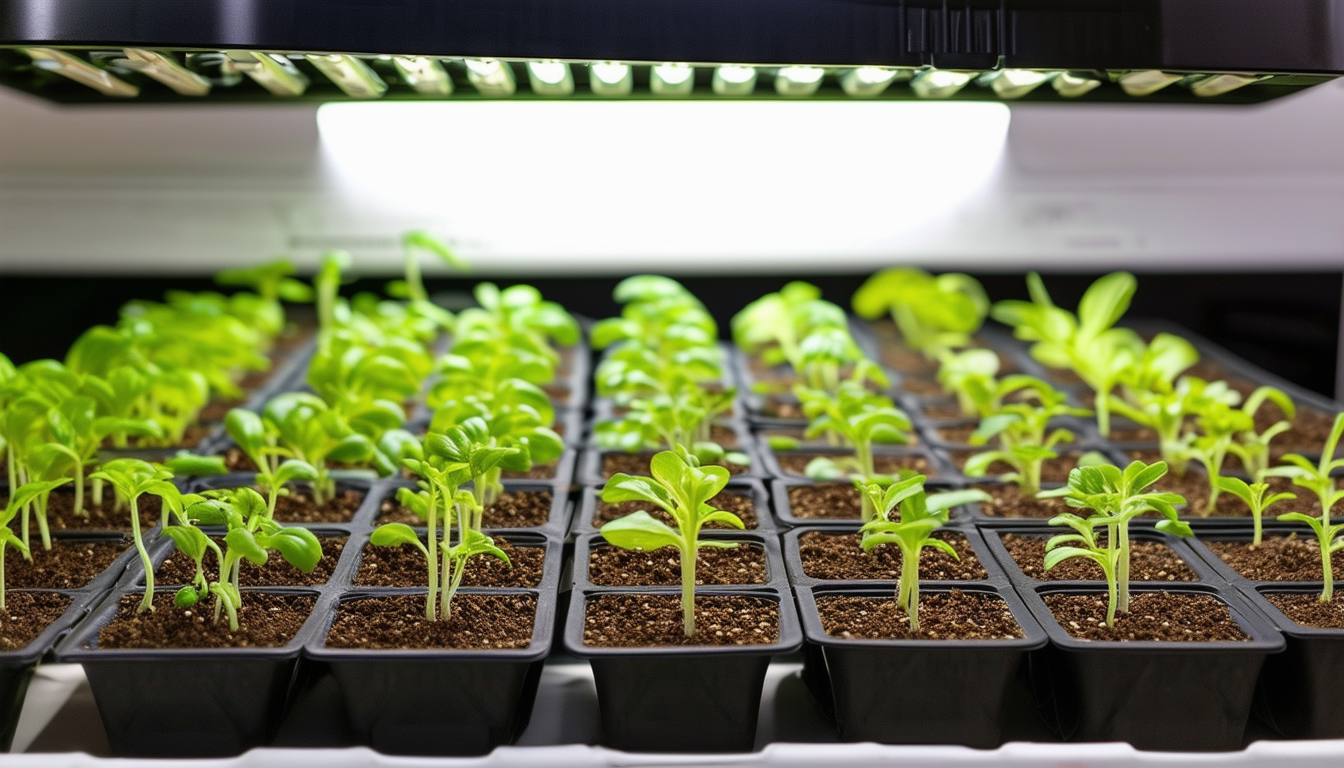
Unlock the secrets of successful gardening by understanding the different types of compost available and how to make the most of them.
Intro - Understanding the Basics: What is Compost?
Compost is often referred to as 'black gold' by gardeners, and for good reason. At its core, compost is decomposed organic matter that enriches soil, helping plants grow stronger and healthier. It's a natural way to recycle kitchen scraps, garden waste, and other organic materials into a nutrient-rich soil amendment.
Understanding the basics of composting is the first step towards a thriving garden. Composting not only helps reduce waste but also improves soil structure, enhances moisture retention, and promotes beneficial microbial activity.
Exploring Different Types of Compost
When it comes to compost, one size does not fit all. Different types of compost cater to specific gardening needs. For instance, seed compost, with its fine texture and low nutrient content, is perfect for seedlings and germination. John Innes Seed Compost is a popular choice among gardeners for this purpose.
For pots and containers, multi-purpose compost is often the go-to option. It provides a balanced mix of nutrients suitable for a wide range of plants. Ericaceous compost, on the other hand, is designed for acid-loving plants like rhododendrons and azaleas. Understanding these different types ensures your plants get the right start and thrive in their specific environments.
5 steps - How to Make Your Own Compost at Home
Making your own compost at home is simpler than you might think. Follow these five steps to get started:
1. Choose a suitable compost bin or designate a composting area in your garden.
2. Add a balanced mix of 'green' materials (like vegetable scraps and grass clippings) and 'brown' materials (such as dried leaves and cardboard).
3. Maintain moisture by keeping the compost pile as damp as a wrung-out sponge.
4. Turn the compost regularly to aerate it and speed up the decomposition process.
5. Be patient. In about 6 months to a year, your compost will be ready to use, providing a rich, crumbly soil amendment for your garden.
Choosing the Right Compost for Different Garden Situations
Different garden situations call for different types of compost. For instance, young plants and seedlings benefit from a finely textured, nutrient-light compost. For container gardening, a multi-purpose compost works best as it caters to varied plant needs. Acidic compost is ideal for plants that thrive in low pH environments, such as blueberries and camellias.
Understanding the specific needs of your plants and garden situations will help you choose the right type of compost, ensuring optimal growth and health for your plants.
Enhancing Your Compost: What to Add for Best Results
To enhance your compost, it's important to add a variety of materials. Greens (nitrogen-rich materials) like vegetable scraps, coffee grounds, and grass clippings provide essential nutrients. Browns (carbon-rich materials) such as dried leaves, straw, and cardboard help maintain a balanced carbon-to-nitrogen ratio.
Additionally, adding well-rotted manure can significantly boost the nutrient content of your compost. Avoid adding meat, dairy, and diseased plants as these can attract pests and cause issues. By diversifying your compost ingredients, you'll create a richer, more beneficial compost for your garden.
FAQ
Which type of compost is best for plants? The best compost depends on the plant's needs. Seed compost is ideal for seedlings, while multi-purpose compost works well for a variety of plants.
What is the best compost for seedlings? Seed compost, such as John Innes Seed Compost, is specifically formulated for seedlings with a fine texture and balanced nutrients.
What are the three main types of compost? The three main types are green compost, brown compost, and mixed compost.
Can I use John Innes No. 1 for seeds? Yes, John Innes No. 1 is suitable for seeds and young plants.
What is the best compost for outdoor potted plants? Multi-purpose compost is generally the best choice for outdoor potted plants.
Which plants don’t like compost? Some plants, like certain succulents and cacti, prefer well-draining soil and may not thrive in compost-rich environments.
What is the difference between seed compost and normal compost? Seed compost is finer and has fewer nutrients to prevent burning young roots, whereas normal compost is richer and coarser.
Is bagged compost any good? Yes, bagged compost can be very effective, especially when you choose high-quality brands.
What is the best compost mix? A balanced mix of green and brown materials creates the best compost.
What is the difference between potting compost and normal compost? Potting compost is specifically formulated for container plants, with added ingredients for better drainage and aeration.
What's better, vermiculite or perlite? Both have their benefits; vermiculite retains moisture better, while perlite provides superior drainage.
Can I use multi-purpose compost for seedlings? Multi-purpose compost can be used, but seed compost is generally better suited for seedlings.
How do I choose compost? Consider your plant's needs and the specific gardening situation to choose the right compost.
Can you mix different types of compost? Yes, mixing different types can provide a balanced nutrient profile for your plants.
Can you compost directly into soil? Yes, this is known as trench composting and can enrich the soil directly.
What plants like John Innes No. 3? Larger plants and those in need of more nutrients will benefit from John Innes No. 3.
What is the best compost for seedlings and seeds? Seed compost is the best choice.
What are the disadvantages of peat-free compost? Peat-free compost can sometimes be less consistent in texture and nutrient content.
What are 3 things you shouldn't compost? Meat, dairy, and diseased plants should not be composted.
What plants grow best in compost? Most plants thrive in compost, especially vegetables, flowers, and shrubs.
Are yew clippings good for compost? Yew clippings should be used sparingly as they decompose slowly and may be toxic in large amounts.
What is the best compost for hanging baskets and pots? Multi-purpose compost is typically the best choice.
When to use John Innes No. 2? Use John Innes No. 2 for established plants that need a balanced nutrient supply.
What kind of compost is best for flower beds? Well-rotted manure and garden compost are excellent for flower beds.



